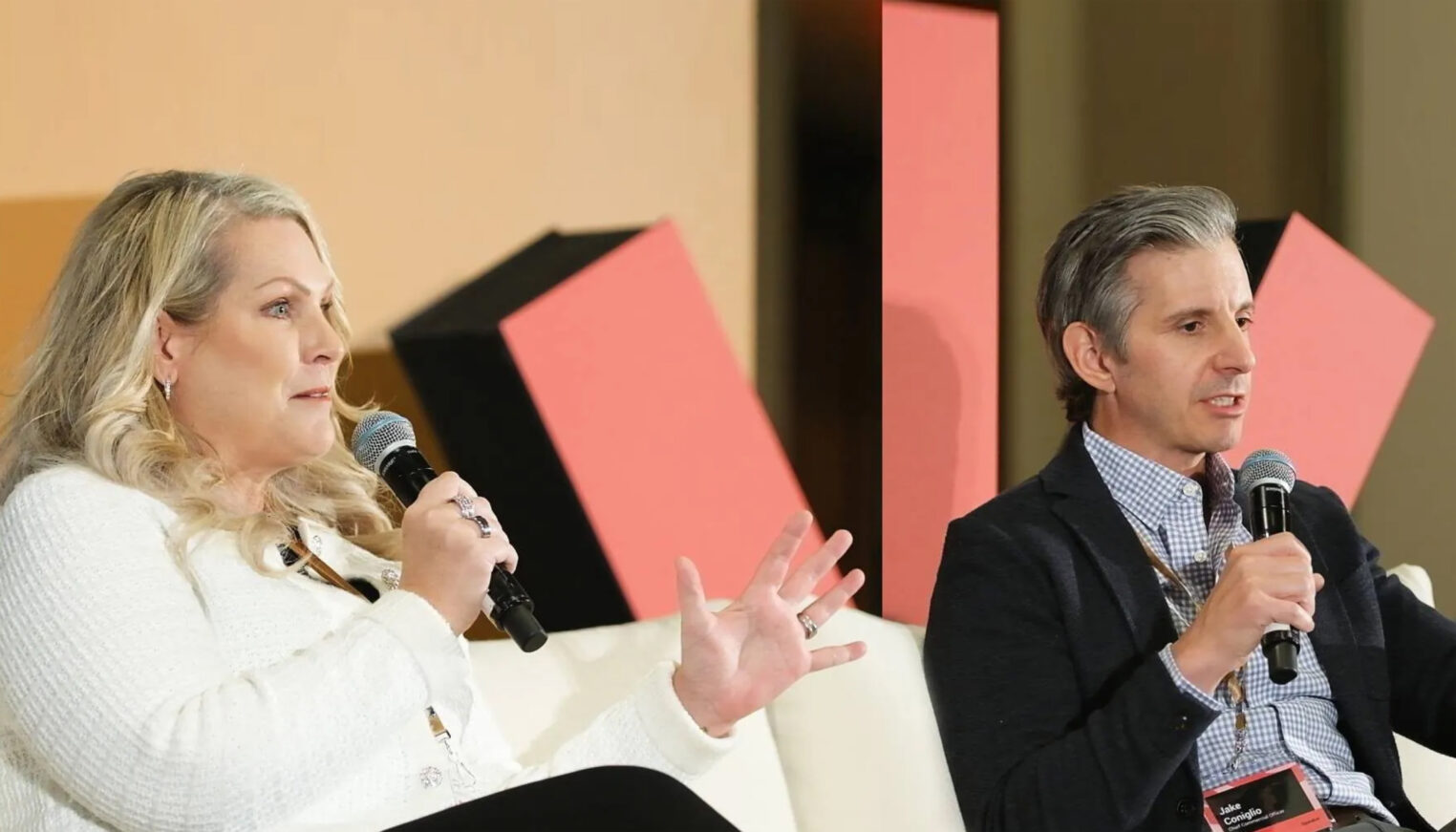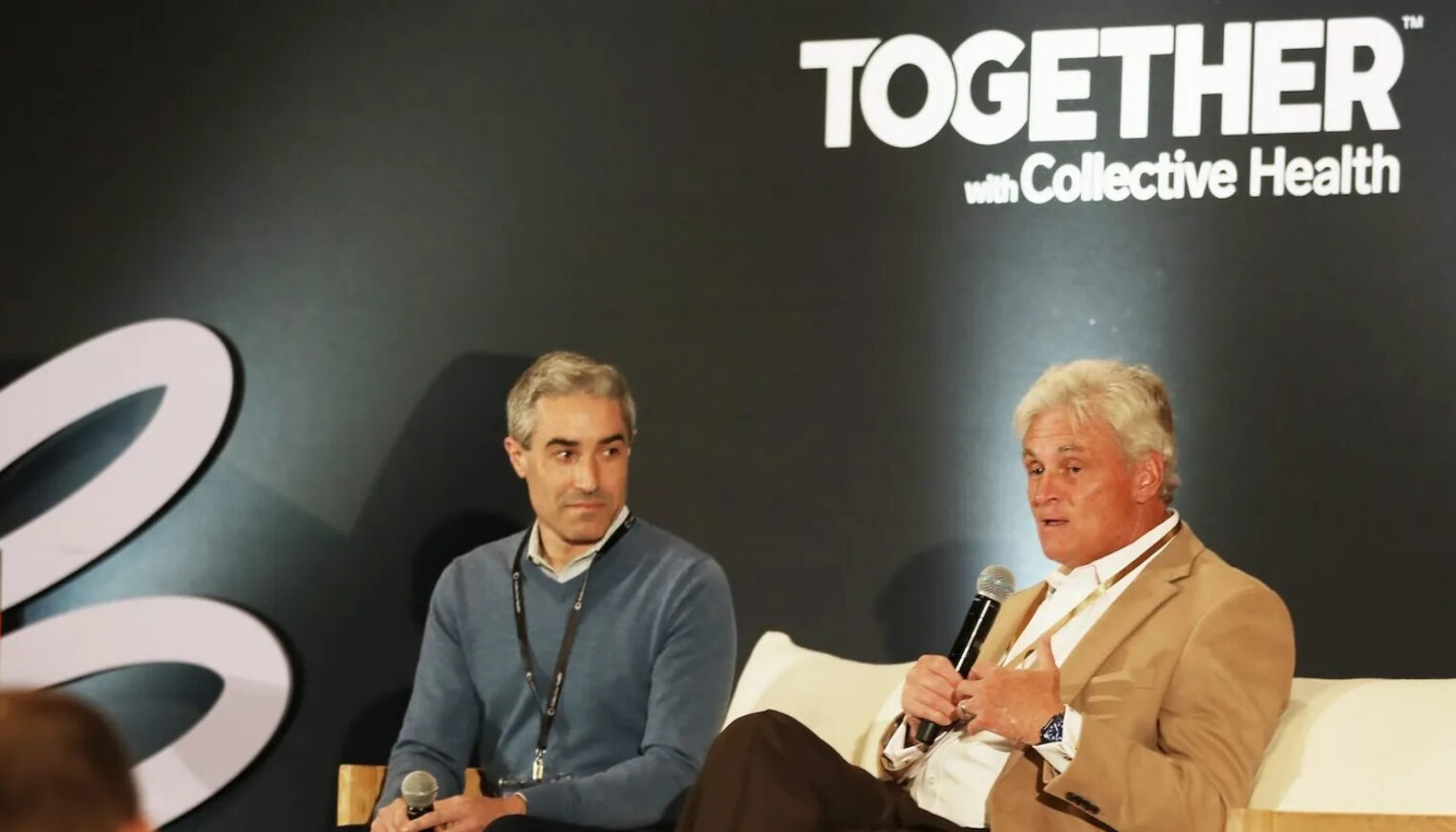At Collective Health, we know creating a better healthcare experience is not the job of one company. That’s why we spend a lot of time working with, and listening to, some of the most innovative companies and people working in our industry.
This month, we sat down with Pam Baker—VP of Commercial Operations at Omada Health. Pam is responsible for supporting the company’s enterprise and health plan sales teams’ success. She has deep healthcare experience having previously led sales, marketing, market access, and operations teams at Johnson & Johnson, Genentech, and CardioDx.
What problem is Omada Health trying to solve?
At Omada Health, we help employers and health plans tackle chronic disease in the most engaging, effective, and scalable way possible, by identifying those at risk, and routing them toward changes in behavior that reduce their risk of type 2 diabetes and heart disease. As we all know, healthcare costs are rising dramatically. Experts predict that every American will pay about $10,000 in healthcare costs in 2016, going up by about six percent every year for the next decade. What many may not know is much of that is driven by the development of obesity-related chronic disease. Our mission at Omada is to inspire and enable people everywhere to live life free of chronic disease.
On average, our program participants lose roughly five percent of their body weight, helping reduce their chance of chronic disease by around 40 percent.
How is Omada Health moving the industry forward?
About 86 million Americans (or one in three adults) have pre-diabetes. Add in those who have increased risk for heart disease or other obesity-related conditions, and we’re looking at over 100 million people in need of care. (It’s no surprise that in 2009 the CDC called chronic disease the public health challenge of the 21st century.) At Omada, we believe that we can make a significant impact on this population through our online digital health program that provides everything people at risk for chronic disease need to embrace lasting change.
There are four key pillars to our program:
- Health Coach: A trained professional that supports the participant throughout the course of the program and holds them accountable to the curriculum
- Peer Group: Each participant is matched with a small group to serve as a support system throughout the course of the program
- Information: From insights around food and stress to healthy sleeping habits—curriculum is brought to life by the health coach and the peer group to keep participants engaged every step of the way
- Connected Devices: Every participant receives a wireless digital scale, pedometer, and exercise band to help drive true behavior change
On average, our program participants lose roughly five percent of their body weight, helping reduce their chance of chronic disease by around 40 percent.
How does Omada fit into the spectrum of wellness offerings being offered to employers today?
Benefits leaders are bombarded with a total spectrum of health benefits offerings every day—from wellness programs and screenings to disease management. One end of the spectrum covers the wellness population (think: folks getting ready to run the San Francisco Marathon), and the other end of the spectrum covers the population with specific health issues (think: folks managing a chronic disease). Omada is focused on the group in between, what we call the “tipping point population”. This group is unique because they haven’t developed diseases, but they aren’t totally healthy—they can quickly “tip” into chronic disease if they don’t change their behaviors.
We identify the tipping point population at a critical point in their lives. In most cases, folks can tell that they’re headed down a bad path, but they don’t know how to redirect. Our HR partners leverage Omada to help this population change their behaviors, prevent progression into disease, and avoid significant healthcare costs down the line.
How do you measure the success of your product?
We are entirely driven by results. There are a lot of qualitative pieces that we look at to understand the impact of our program, but at the end of the day, we tie our revenues to achieving specific healthcare outcomes. For our participants, that translates into weight loss. If our program works, we save employers several thousands of healthcare dollars for every employee, every year. And if participants don’t see results, we don’t make money. It’s that simple.
Word on the Street: Tell us your favorite success story.
I love hearing the feedback our HR partners receive for offering Omada to their people. Here’s one of my favorite quotes from an Omada participant to their HR leader:
“First, thank you for offering this program to myself and my spouse as an employee benefit. Although I have not completed the first 16 weeks, through the guidance of the Omada program materials and coaching, I have already dramatically improved my health and well-being. I’ve lost over 20 pounds and greatly improved my diet and exercise. Like for any life change you accomplish, you have to be motivated. But without Omada’s guidance and motivation method, I’m pretty sure I would not be where I am today.
If the goal of the program is to make employees more productive, I can say that I am. If the goal of the program is to reduce healthcare costs, I can say it will, as I’ve halted my march towards high blood pressure and reduced my dependence on certain prescriptions. Thanks again for offering the Omada program.”



